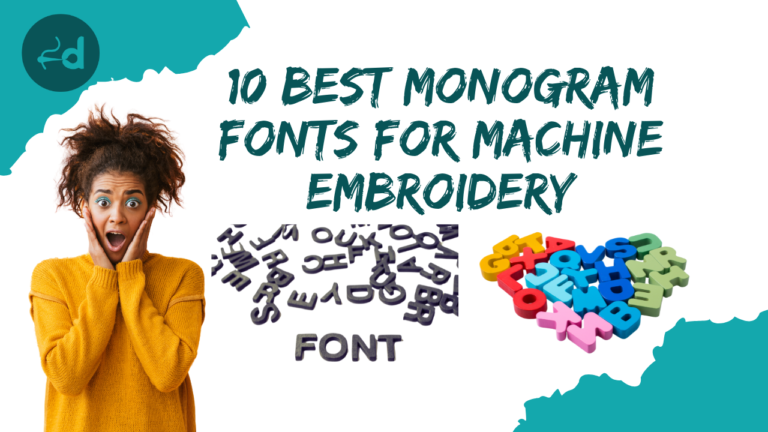5 Best Printing Methods With Pros & Cons You Need to Know

5 Best Printing Methods With Pros & Cons You Need to Know
Printing has become essential for both personal and professional projects, from marketing materials to high-quality photos. Choosing the right method can significantly impact quality, cost, and overall suitability. In this guide, we’ll explore five top printing methods, detailing each one’s benefits and drawbacks to help you make an informed choice.
1. Offset Lithography Printing
Offset lithography, a common choice for large-scale projects like newspapers and books, transfers ink from a plate to a rubber blanket, then onto the printing surface.
Pros
· Cost-Effective for Large Runs: Efficient and economical for high volumes, reducing per-unit costs.
· High-Quality Images: Produces sharp, consistent results—ideal for detailed graphics.
· Surface Versatility: Works on paper, cardboard, and some plastics.
Cons
· High Setup Costs: Initial setup can be costly, so it’s better suited for larger runs.
· Long Preparation Time: Extensive setup requirements mean slower starts for quick jobs.
· Limited Customization: Once set up, customization can be difficult without added costs.
2. Digital Printing
Digital printing, a modern method that uses digital files, offers quick, flexible options for small print runs.
Pros
· Ideal for Short Runs: Low setup costs and easy customization make it perfect for small jobs.
· Quick Turnaround: Minimal setup leads to faster production, ideal for urgent projects.
· Customization-Friendly: Each print can be customized individually, great for personalized items.
Cons
· Costly for Large Runs: Per-unit cost remains consistent, making it pricier for large volumes.
· Lower Image Quality: While generally high-quality, digital prints may lack offset’s sharpness.
· Surface Limitations: Typically used on paper, as performance drops on unusual surfaces.
3. Screen Printing
Screen printing, also known as silk screen printing, uses a mesh screen to transfer ink, making it popular for textiles, posters, and promotional items.
Pros
· Versatile Material Choices: Suitable for fabrics, metals, plastics, and glass, making it ideal for non-paper goods.
· Durable Prints: Screen-printed images are resilient, standing up to wear and washing.
· Vibrant Colors: Thick ink application results in bright, long-lasting colors.
Cons
· Time-Consuming Setup: Screen preparation can be labor-intensive, slowing down production.
· Not Cost-Effective for Small Batches: Initial setup costs are high, making it best for large runs.
· Limited Detail: Better suited for bold designs as fine details may be harder to achieve.
4. Flexography
Flexography, or “flexo,” is popular in packaging and labels, using flexible rubber plates to print on materials like plastic and paper.
Pros
· Efficient for Packaging: Works well for printing on packaging, including food wrappers and plastic bags.
· Fast Production: High-speed printing is great for large, repetitive runs.
· Wide Surface Compatibility: Works on a variety of surfaces, from porous to non-porous.
Cons
· High Setup Costs: Similar to offset, setup costs are high, limiting its feasibility for short runs.
· Lower Image Detail: Not ideal for high-detail images, as flexo focuses on efficiency.
· Environmental Concerns: Traditional flexo inks can be harmful, though water-based options are available
5. Gravure Printing
Gravure, or rotogravure, is a premium method for thin materials like magazines and packaging. It uses engraved cylinders for high-quality images.
Pros
· Top-Tier Image Quality: Delivers detailed, continuous-tone images, ideal for photographs.
· High Efficiency for Large Volumes: Highly efficient for extensive print runs.
· Long-Lasting Plates: Engraved cylinders can be reused for lengthy print cycles.
Cons
· Expensive Setup: Engraving cylinders is costly, making it impractical for smaller projects.
· Slow Initial Setup: Cylinder preparation takes time, leading to a slower start.
· Limited Material Compatibility: Best for thin materials, not ideal for heavy substrates.
Conclusion
Choosing the right printing method depends on your project’s needs, budget, and quality requirements. Offset and gravure excel in high-volume, detailed prints, while digital and screen printing offer speed and flexibility for smaller projects. Flexography is well-suited for packaging due to its material versatility. By understanding each method’s pros and cons, you can select the most suitable printing approach, ensuring quality results while managing costs effectively.





